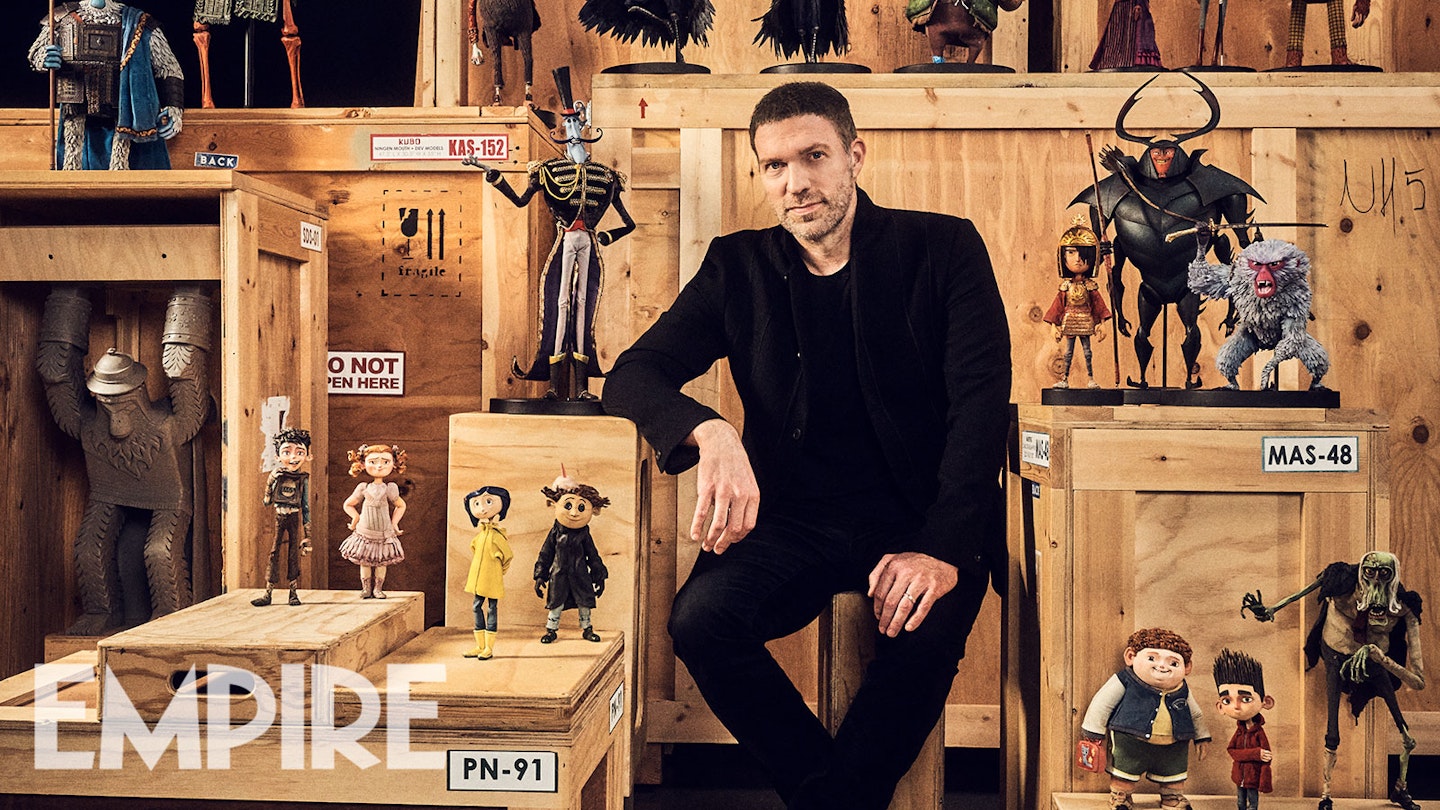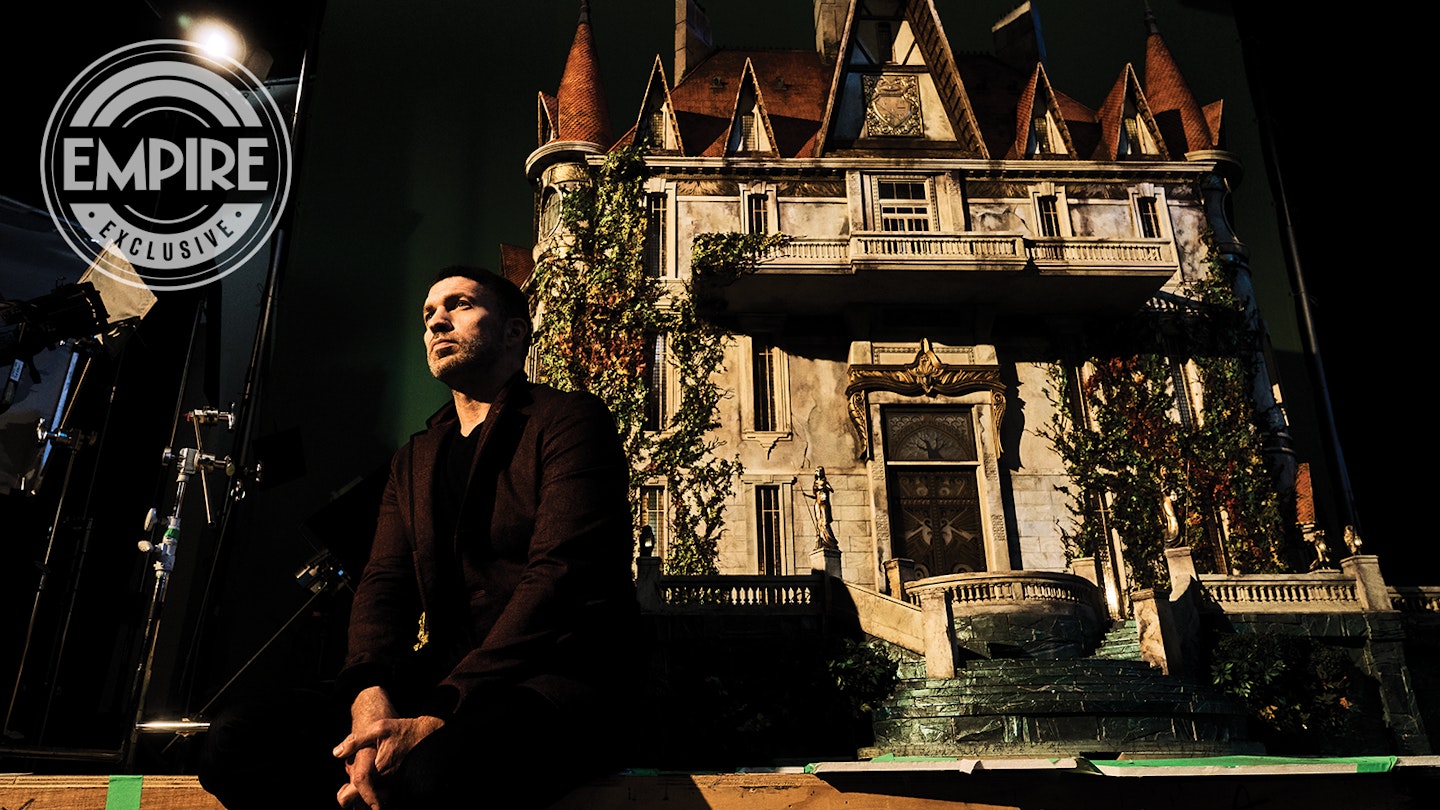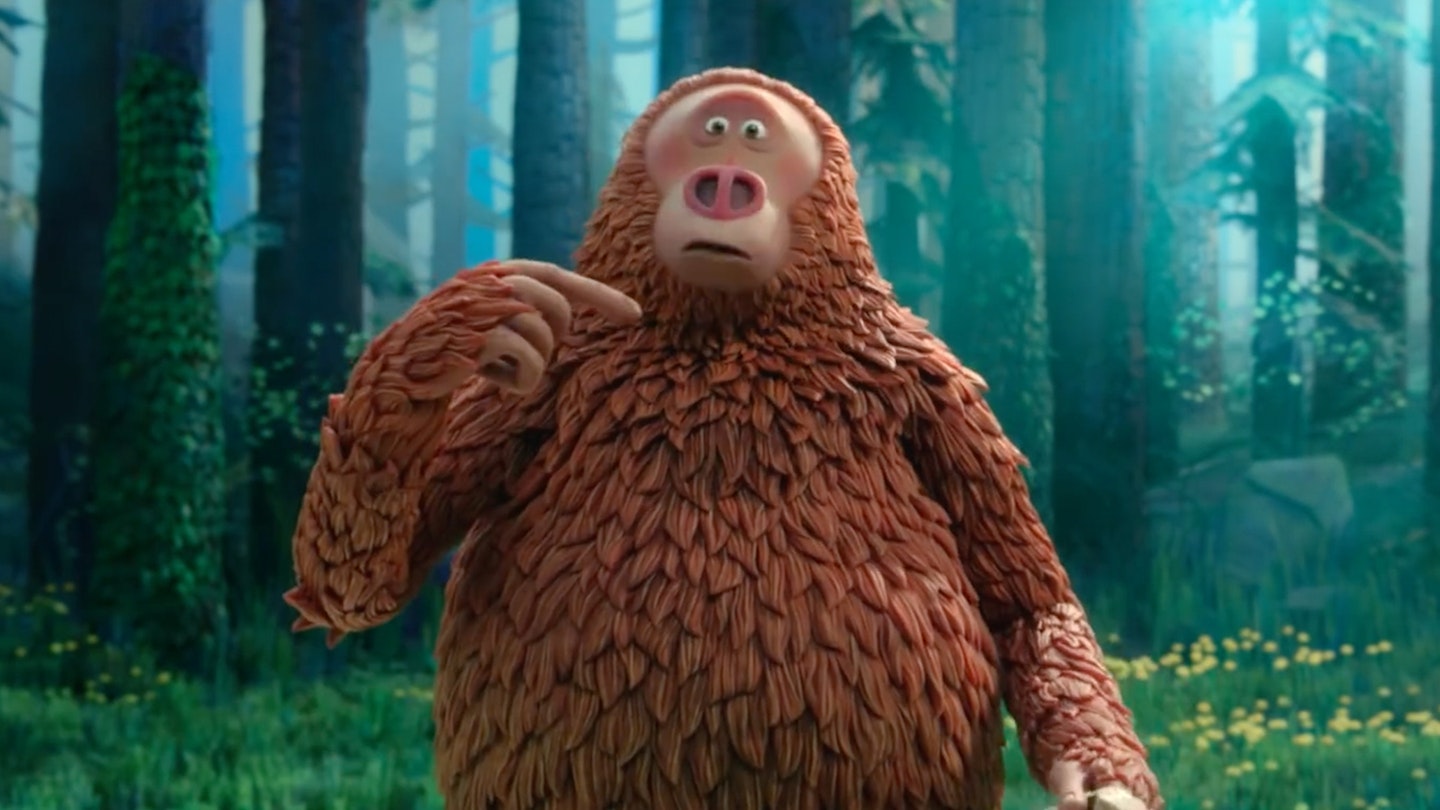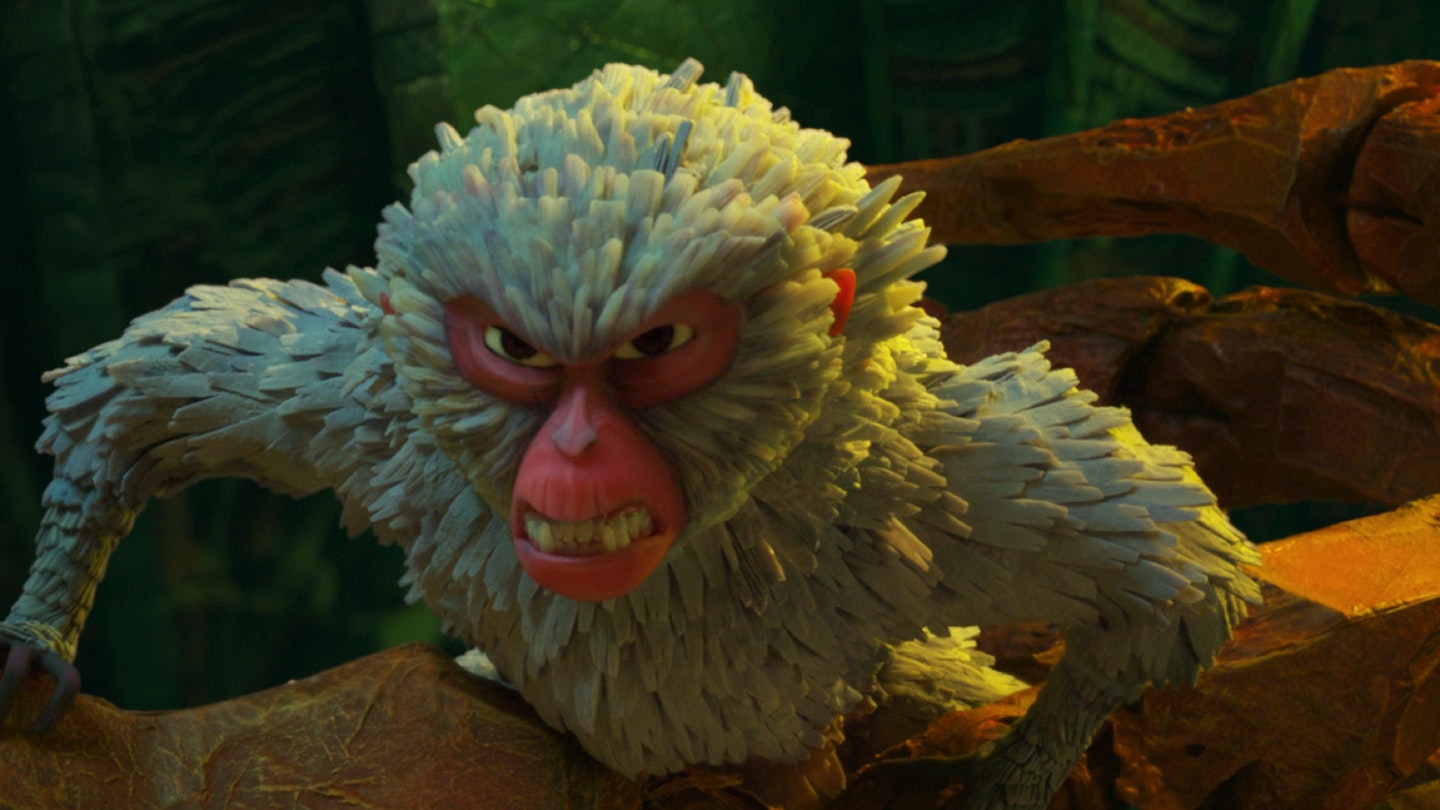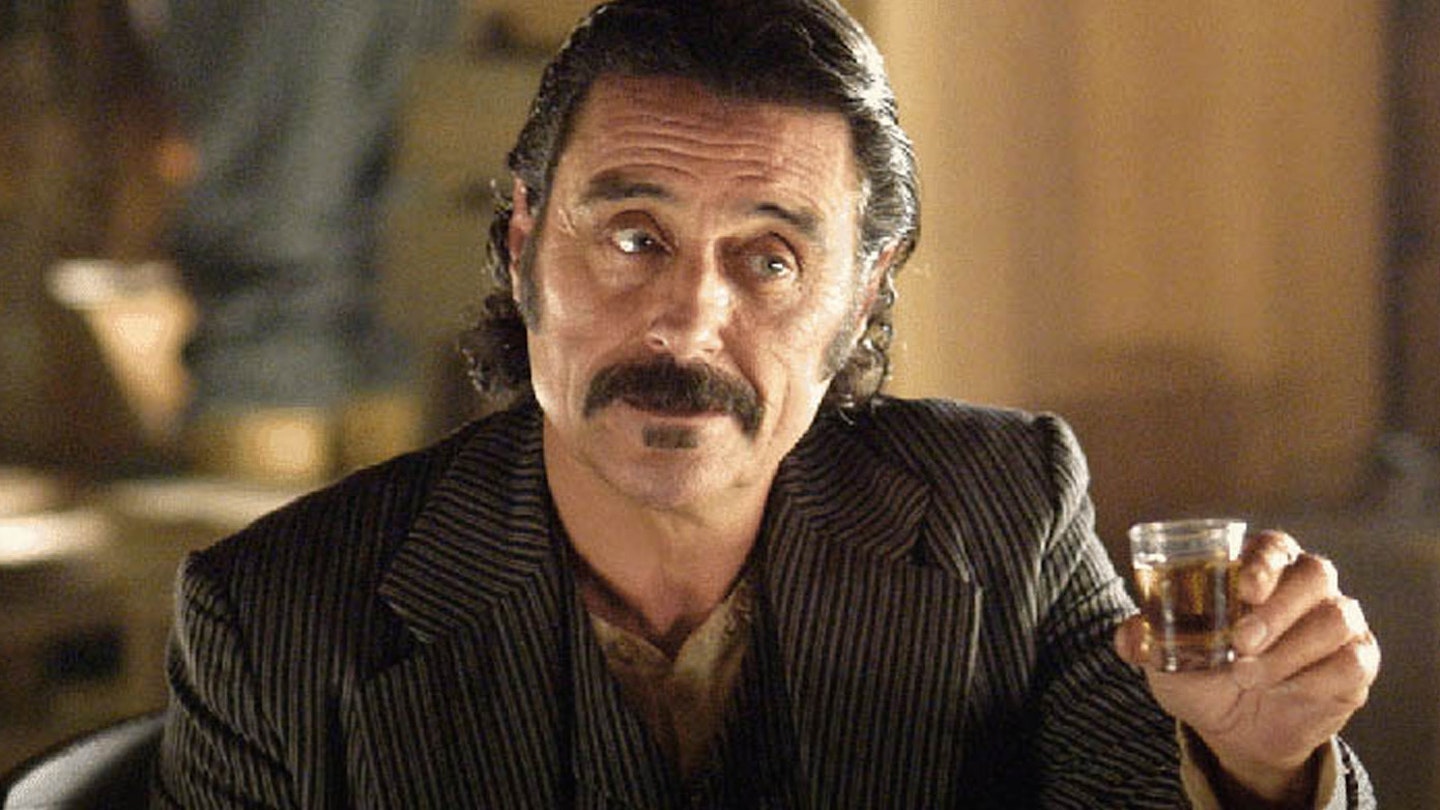Adults leaving screenings of Coraline have been overheard fretting about how scary it is — and they’re right: it’s terrifying. Children leaving the cinemas, though, have just been bouncing and laughing. Strange, perhaps, but then, this is a strange film. As creepy as it is charming, as bizarre as it is beautiful, this is a true horror movie, but also a warm, brightly coloured children’s fairy tale about the magic behind the everyday.
And don’t forget, children are more resilient than we think. The Wizard Of Oz’s flying monkeys, the set-up of A Little Princess or the Child Catcher in Chitty Chitty Bang Bang are all terrifying at the right age, but it’s rare we remain traumatised by the encounter. Instead, the sight of a young protagonist defeating the forces ranged against him/her by an adult world is one that empowers, leaving kids not cowed but exhilarated.
Our heroine is certainly the sort of role model that any kid could wish for: Coraline — voiced with a Midwestern twang and a whole lot of attitude by Dakota Fanning — is smart, funny and ultimately very courageous. She’s also self-centred, sometimes grumpy and frequently awkward, but this is a well-developed character rather than a Disney princess. She gets irritated when her name is mispronounced, misses the friends she left when she moved home, and has a habit of swinging on a door and making conversation when her parents have no time to listen.
In her defence, her neighbours — Mr. Bobinsky (Ian McShane), the Russian eccentric upstairs and Misses Spink and Forcible (Jennifer Saunders and Dawn French, respectively), two dotty English retired actresses downstairs — do all get her name wrong, while baffling her with their eccentricities. And her parents, voiced by Teri Hatcher and John Hodgman, do leave her to her own devices as they try to rebuild their business in a new town. So who could blame her when she follows a jumping mouse through a hole in the wall, into another world with an ‘Other Mother’ (Hatcher) who is devoted to satisfying her every whim, an ‘Other Father’ who spends all his days dreaming up tunes to sing her praises, and neighbours who put on shows for her amusement?
There’s just one catch: they want to steal her eyes and replace them with buttons. It’s at this point that most of the adults in the cinema start wincing. Coraline, understandably hesitant to agree to such terms, balks, and another side to her Other Mother emerges.
It’s in the Other world that Henry Selick’s gorgeous stop-motion imagination is given full reign. The real world is as bleached of colour as possible, but the Other world is (initially at least) bathed in vibrancy, and there are scenes in the delicately realised gardens that will take your breath away. Hummingbirds call Coraline’s name and glowing snapdragons form a portrait of her that’s only visible from far above — say, aboard the Praying Mantis tractor that her father rides. Touches of CG have been used here and there for full ‘how did they do that?’ effect, but most of the real magic is in the stop-motion detail: the arch of an eyebrow perfectly expressing a character’s attitude, the shine on the icing of a cake making it look edible; the glint on a silver claw adding to its menace.
An extra breath of wonder is added if you manage to see this in 3-D: insects fly around your head and flowers bulge from the screen. While there’s relatively little 3-D-sploitation, in general the technique is used strictly to augment the story, and suffers few of the focus or blurring problems that have lessened the technique’s impact in other films.
And then there’s horror in the last act as the Other Mother’s disguise falls away and her true intentions are made clear. There are chase scenes, hiding scenes and puzzles to be solved as Coraline, never one to shirk a challenge, tries to save herself, her parents and the Other Mother’s previous victims. Swinging her blue bob, and with a determined glare in her expressive eyes, you’d be a fool to doubt that she’s up to it.

